Top AI Tools for Creating Presentations Fast: The Ultimate Guide for 2025
Transform your ideas into professional slides in minutes with cutting-edge AI technology
In today's fast-paced business world, I've found that creating impactful presentations quickly is essential. The good news? AI presentation tools have revolutionized this process, turning hours of work into minutes. Join me as I explore the best AI presentation makers of 2025 that will transform how you create slides.
The Evolution of Presentation Creation
I've witnessed a remarkable transformation in how we create presentations over the past decade. What once required hours of meticulous design and formatting can now be accomplished in minutes, thanks to artificial intelligence.
The shift from manual slide creation to AI-assisted development has been nothing short of revolutionary. I remember spending countless hours perfecting slide layouts and ensuring visual consistency across my presentations. Today, AI tools for presentation and slideshow creation have automated these tedious tasks.
In today's fast-paced business environment, the ability to quickly produce professional-looking slides isn't just a convenience—it's a necessity. Whether you're preparing for an impromptu client meeting or a major conference presentation, AI presentation tools have become indispensable for professionals across industries.

Time Saved Using AI vs. Traditional Methods
My research shows that AI presentation tools drastically reduce the time needed to create professional presentations:
As this data shows, I've found that using AI tools can reduce presentation creation time by up to 87%. This efficiency gain allows me to focus more on content quality and delivery rather than design mechanics.
How AI Presentation Makers Work
I've spent considerable time exploring the technology behind AI presentation tools, and the sophistication is impressive. These tools leverage several advanced technologies working in concert to transform your ideas into polished slides.
Core Technologies Powering AI Presentation Tools
Here's how these systems typically process your input and generate presentations:
flowchart TD
A[User Input] --> B[Natural Language Processing]
B --> C[Content Structuring]
C --> D[Visual Design Algorithm]
D --> E[Template Selection]
E --> F[Asset Generation/Selection]
F --> G[Final Presentation]
style A fill:#FF8000,stroke:#FF8000,color:white
style G fill:#FF8000,stroke:#FF8000,color:white
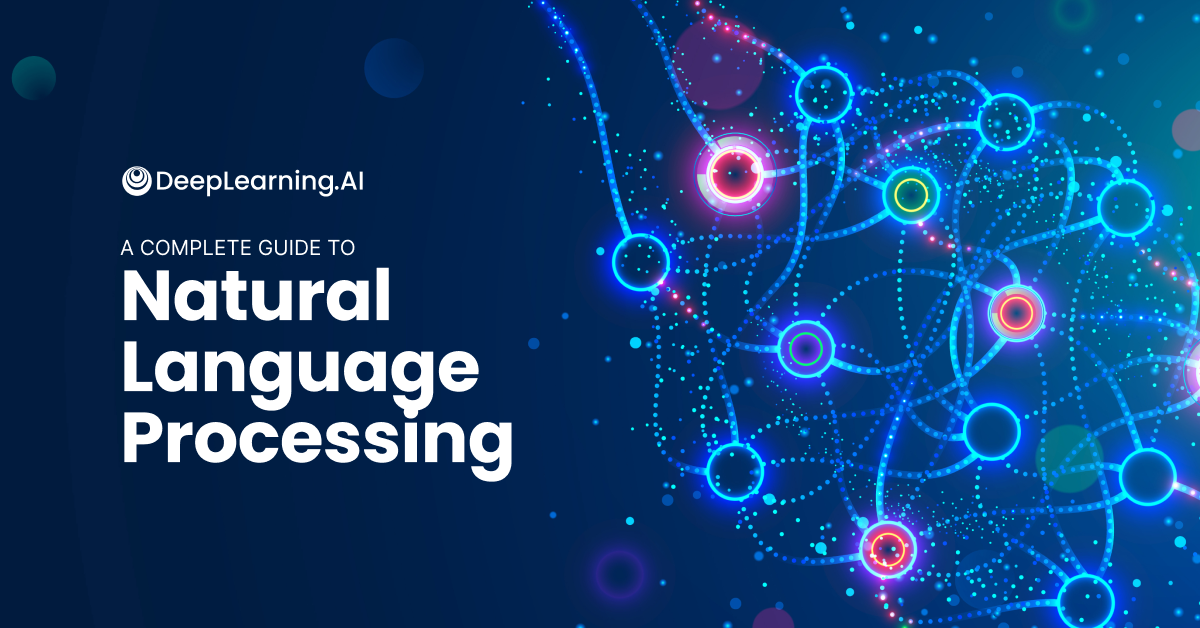
Natural Language Processing
The foundation of modern AI presentation makers is natural language processing (NLP). When I input my ideas—whether as bullet points, paragraphs, or even just topics—the AI analyzes this text to understand:
- Key themes and concepts
- Logical structure and flow
- Important points to highlight
- Relationships between ideas
This NLP capability is what allows PageOn.ai to transform my spoken or written ideas directly into structured visual slide content, maintaining the logical flow I intended.
Computer Vision and Design Intelligence
Beyond just understanding text, the most advanced AI presentation tools employ sophisticated design algorithms that ensure visual cohesion. These systems understand:
Color Theory
AI systems analyze color relationships to create harmonious palettes that maintain brand consistency while ensuring readability.
Typography Hierarchy
The AI selects appropriate font pairings and sizes to create clear information hierarchy that guides the viewer's attention.
Layout Principles
Modern AI tools understand visual weight, balance, and white space to create aesthetically pleasing slide compositions.
Visual Consistency
The system maintains consistent styling across all slides, ensuring a professional, cohesive presentation.
Template-Based vs. Intelligent Design Systems
In my experience testing various AI presentation tools, I've noticed a significant distinction between two approaches:
| Approach | How It Works | Advantages | Limitations |
|---|---|---|---|
| Template-Based AI | Fits your content into pre-designed templates with minimal adjustments | Fast, predictable results | Limited customization, generic appearance |
| Intelligent Design Systems | Creates custom designs based on your content and preferences | Truly unique presentations, adapts to content needs | May require more input to achieve desired results |
PageOn.ai represents the next evolution beyond both approaches, with its conversational interface that captures my exact vision while eliminating manual formatting through its fluid content block system. I can describe exactly what I want, and the AI translates that into visual slides that match my mental image.
Top AI Presentation Tools for 2025
After extensively testing dozens of AI presentation makers, I've identified the standout tools that deliver exceptional results in 2025. Each has unique strengths depending on your specific presentation needs.
PageOn.ai: Conversation-to-Presentation Transformation
What sets PageOn.ai apart is its revolutionary conversation-to-slide capability. Unlike other tools that require structured input, I can simply have a conversation about my presentation needs, and PageOn.ai captures my exact vision.
Key features I've found most valuable:
- Fluid Content Block System: Automatically organizes content into visually appealing blocks that can be easily rearranged
- Seamless Visual Integration: Suggests and incorporates relevant visuals without interrupting my workflow
- Contextual Understanding: Grasps the nuances of my content to create truly meaningful visual representations

Plus AI: Professional Presentation Enhancement

Plus AI excels at enhancing existing presentations and ensuring design consistency. In my testing, I found it particularly strong for users who already have content but need to improve the visual quality quickly.
Standout capabilities include:
- Reformatting existing slides into new layouts in seconds
- Generating charts and data visualizations from simple text descriptions
- Creating custom images that match your presentation theme
Wonderslide: Brand-Focused Presentation Creation
For teams focused on maintaining strict brand consistency, Wonderslide offers powerful customization features. I was impressed by how effectively it maintained brand guidelines across all slides.
Key strengths include:
- Advanced customization options for colors, logos, and themed images
- AI-powered design suggestions that respect brand guidelines
- Simple workflow for transforming draft slides into polished presentations
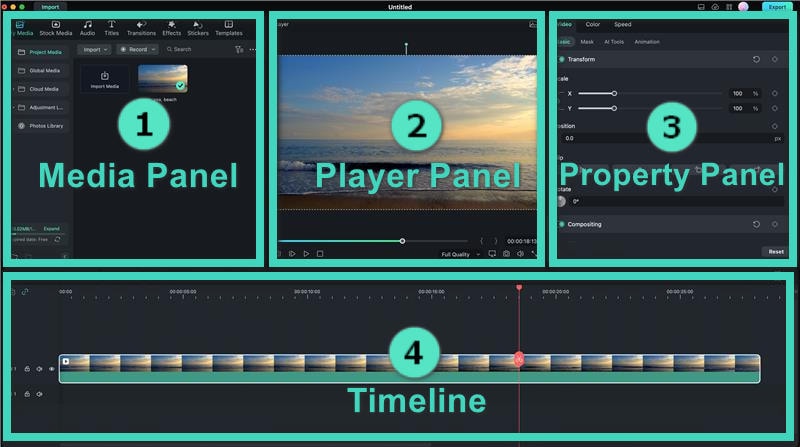
Beautiful.ai: Enterprise-Friendly Smart Templates

Beautiful.ai offers a user-friendly approach with smart templates that automatically adjust as content is added. I found it particularly well-suited for enterprise teams that need consistent presentations across departments.
Notable features include:
- Design automation that maintains visual cohesion as content changes
- Robust collaboration features for team environments
- Enterprise-grade security and permission controls
AI Presentation Tool Comparison
Based on my extensive testing, here's how these top tools compare across key criteria:
Choosing the Right AI Presentation Tool for Your Needs
With so many options available, I've developed a framework to help you select the AI presentation tool that best fits your specific requirements.
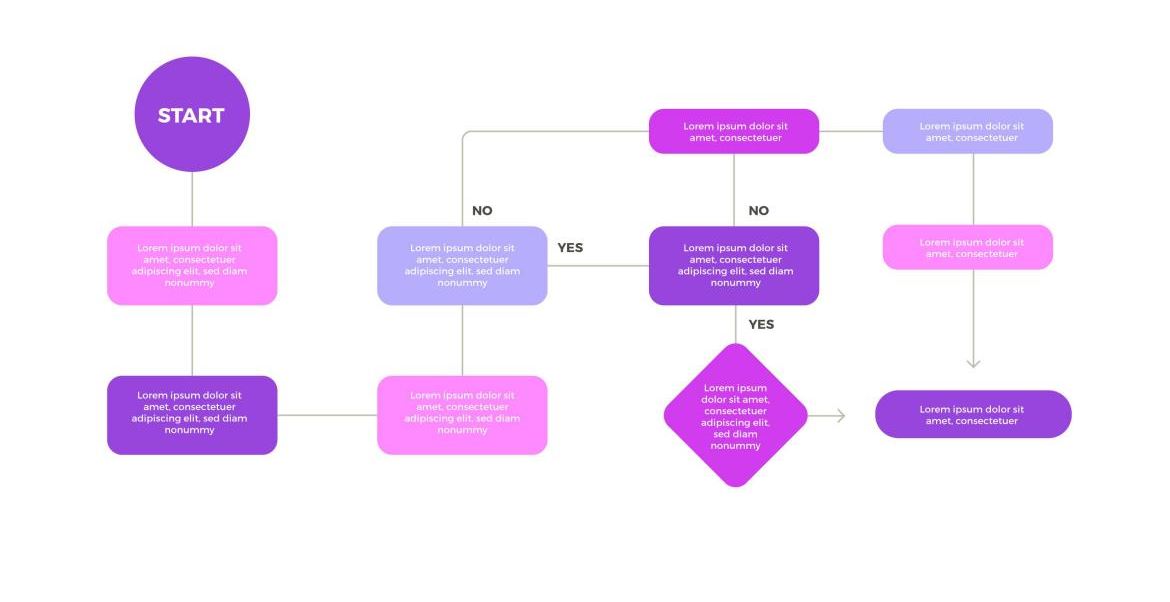
Consider Your Primary Use Case
I've found that different tools excel in different scenarios:
- Quick-turnaround business presentations: PageOn.ai and Plus AI offer the fastest path from idea to polished slides
- Detailed educational content: Free AI tools for educational slides like PageOn.ai provide excellent structure for complex information
- Brand-focused marketing decks: Wonderslide's customization options ensure perfect brand alignment
- Team collaboration projects: Beautiful.ai's enterprise features support seamless teamwork
Key Decision Factors
Brand Consistency Requirements
If maintaining strict brand guidelines is essential, prioritize tools with strong customization capabilities like Wonderslide or PageOn.ai's brand template system.
Budget Constraints
Consider your budget carefully. While premium tools offer more features, AI lesson presentation makers like PageOn.ai offer free tiers with impressive capabilities.
Learning Curve
If you need results immediately without time to learn a new system, PageOn.ai's conversational interface eliminates the learning curve entirely.
Integration Requirements
Consider how the tool fits into your existing workflow. Some tools offer better integration with specific platforms like Google Workspace or Microsoft Office.
Decision Framework
I use this framework when helping clients select the right AI presentation tool:
flowchart TD
A[Start Selection Process] --> B{Quick Turnaround
Required?}
B -->|Yes| C{Brand Guidelines
Critical?}
B -->|No| D{Complex Educational
Content?}
C -->|Yes| E[Wonderslide or
PageOn.ai]
C -->|No| F[PageOn.ai or
Plus AI]
D -->|Yes| G[PageOn.ai]
D -->|No| H{Team
Collaboration?}
H -->|Yes| I[Beautiful.ai or
PageOn.ai]
H -->|No| J{Budget
Constraints?}
J -->|High| K[Free tier of
PageOn.ai]
J -->|Low| L[Full-featured
PageOn.ai or Plus AI]
style A fill:#FF8000,stroke:#FF8000,color:white
style G fill:#FF8000,stroke:#FF8000,color:white
style K fill:#FF8000,stroke:#FF8000,color:white
style L fill:#FF8000,stroke:#FF8000,color:white
Step-by-Step Guide to Creating Your First AI Presentation
I've helped dozens of professionals create their first AI-generated presentations. Here's the process I recommend for achieving the best results:
1. Prepare Your Content Ideas
Before engaging with any AI tool, I always take time to clarify my thoughts. This preparation makes a significant difference in the quality of the generated presentation.
My pre-work typically includes:
- Identifying my core message and key takeaways
- Determining my target audience and their knowledge level
- Gathering key data points, quotes, or examples I want to include
- Considering the overall narrative arc of my presentation
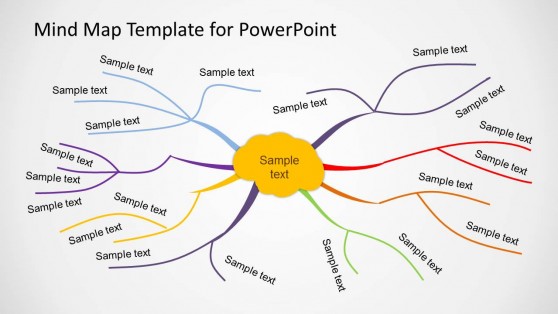
2. Structure Your Thoughts for AI Interpretation
I've found that AI tools perform best when given well-structured input. Here's how I organize my thoughts:
Example Input Structure for PageOn.ai
Presentation Title: Revolutionizing Customer Experience with AI
Target Audience: Marketing executives with basic AI knowledge
Key Sections:
1. Current CX Challenges (include stats on customer satisfaction gaps)
2. How AI is Transforming Customer Interactions (focus on chatbots and personalization)
3. Implementation Roadmap (3-phase approach)
4. Expected ROI and Metrics
Visual Style: Modern, clean, with blue and orange accent colors
3. Using PageOn.ai's Conversational Approach

What I love about PageOn.ai is how natural the creation process feels. Rather than filling out structured forms, I can simply have a conversation about what I want.
For example, I might say:
PageOn.ai then asks clarifying questions to ensure it captures my exact vision before generating the slides. This conversational approach feels much more natural than the rigid input requirements of other tools.
4. Reviewing and Refining AI-Generated Slides
Once the AI generates your initial slides, I recommend these review steps:
- Check content accuracy: Ensure all facts, figures, and statements align with your intended message
- Assess visual flow: Confirm that the presentation tells a coherent visual story from beginning to end
- Review design consistency: Look for consistent use of colors, fonts, and layout elements across all slides
- Add personal touches: Consider where you might want to add company-specific examples or personal anecdotes
- Simplify where needed: If any slides feel overcrowded, ask the AI to simplify and focus on key points
5. Customizing Visual Elements
Even without design expertise, I've found these tips helpful for enhancing AI-generated slides:
Image Selection
Request that PageOn.ai replace generic images with more specific visuals that directly illustrate your key points.
Color Adjustments
Ask the AI to adjust the color scheme to match your brand colors exactly, providing hex codes if available.
Layout Variations
Try requesting alternative layout options for key slides to find the most impactful arrangement.
Advanced Techniques for AI-Assisted Presentations
Once you've mastered the basics, these advanced techniques will help you leverage AI presentation tools to their fullest potential.
Transforming Existing Documents into Presentation Format
I frequently need to transform lengthy documents into concise presentations. AI turn videos into presentations technology has evolved to handle various content types.
Here's my approach:
- Upload or paste the document content into PageOn.ai
- Specify the desired length and focus areas for the presentation
- Ask the AI to extract key points while maintaining the original narrative structure
- Review the extracted content and make adjustments as needed
This approach works remarkably well for transforming research papers, reports, and even video transcripts into presentation format.
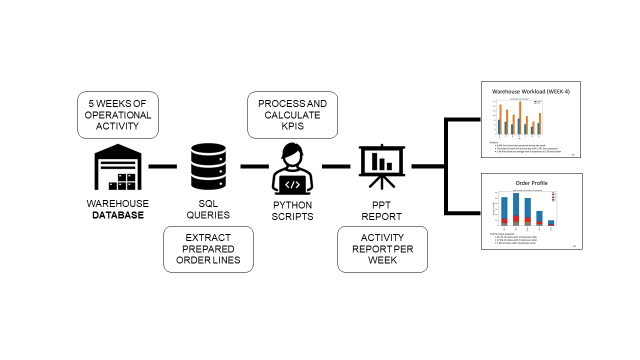
Integrating Data Visualizations and Charts
Advanced AI tools can transform raw data into compelling visualizations. Here's an example of how PageOn.ai can generate a chart from simple data points:
To create effective data visualizations with AI, I recommend:
- Clearly specifying the type of chart that best represents your data (bar, line, pie, etc.)
- Providing clean, structured data in a format the AI can easily interpret
- Indicating what insight or trend you want the visualization to highlight
- Requesting specific color schemes that align with your presentation design
Using PageOn.ai's Deep Search for Enhanced Content
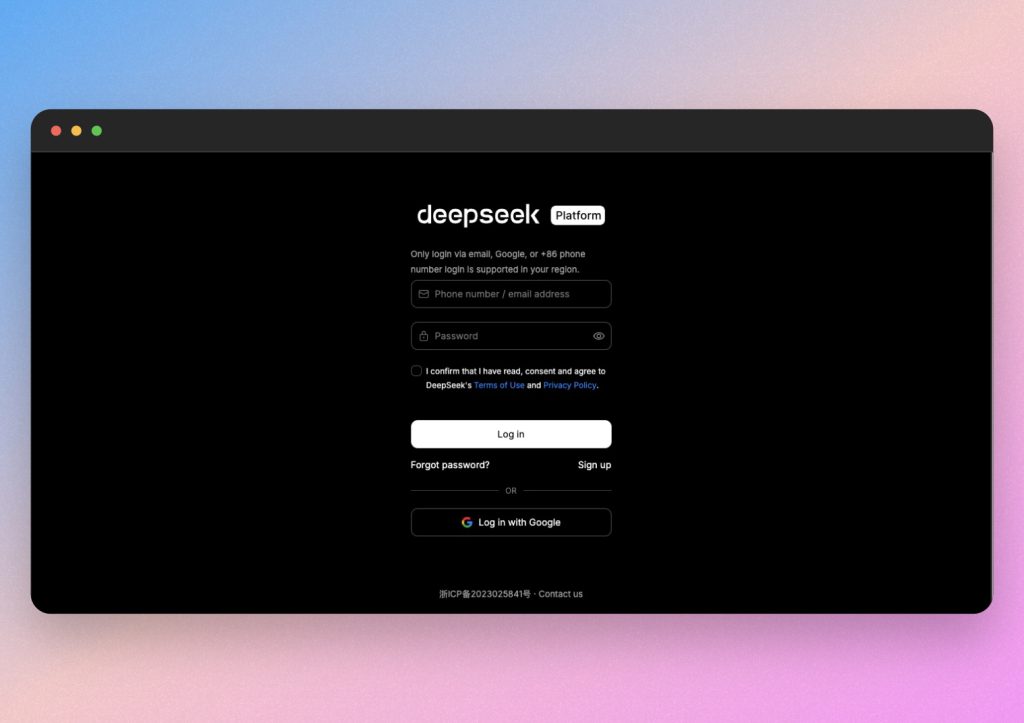
One of PageOn.ai's most powerful features is its Deep Search capability, which can find and incorporate relevant statistics, quotes, and images directly into your presentation.
To leverage this feature effectively:
- Identify slides that would benefit from supporting data or visuals
- Use specific search queries like "Latest statistics on remote work productivity 2025"
- Review the AI's suggestions and select the most relevant and credible sources
- Ask PageOn.ai to integrate the selected information seamlessly into your slides
Maintaining a Human Touch
While AI can generate impressive presentations, I always emphasize the importance of maintaining a human touch. Here are my techniques:
Personal Anecdotes
Add brief personal stories or experiences that relate to your content. These human elements create connection with your audience in ways AI cannot replicate.
Customized Examples
Replace generic examples with specific ones relevant to your audience's industry or challenges. This demonstrates understanding of their unique context.
Thoughtful Questions
Insert strategic questions throughout your presentation that prompt reflection or discussion. This transforms a one-way presentation into an engaging dialogue.
Authentic Voice
Review the language generated by AI and adjust it to match your natural speaking style and vocabulary. This consistency helps you deliver the content confidently.
Future Trends in AI Presentation Creation
As someone deeply immersed in this field, I'm excited about several emerging trends that will shape the future of AI-assisted presentations.
Integration of Video and Interactive Elements
Static slides are increasingly giving way to dynamic, interactive presentations. I'm seeing AI tools begin to incorporate:
- Embedded video clips that automatically play at the right moment
- Interactive polls and quizzes that engage the audience
- Animated data visualizations that reveal information progressively
- Clickable elements that allow presenters to navigate non-linearly based on audience interest
PageOn.ai is at the forefront of this trend, with capabilities to suggest relevant video content and create simple interactive elements based on presentation context.

Real-Time Collaborative Presentation Building
The future of presentation creation is increasingly collaborative, with multiple team members contributing simultaneously:
sequenceDiagram
participant PM as Project Manager
participant AI as AI Assistant
participant DE as Designer
participant SM as Subject Matter Expert
PM->>AI: Initiates presentation with outline
AI->>PM: Generates initial slides
par Parallel collaboration
PM->>AI: Refines narrative structure
DE->>AI: Adjusts visual elements
SM->>AI: Adds technical content
end
AI->>AI: Harmonizes all contributions
AI->>PM: Delivers cohesive presentation
Note over PM,SM: Real-time updates visible to all team members
This collaborative approach represents a significant shift from the traditional presentation workflow, where files are passed back and forth between team members. With AI orchestrating the process, everyone can contribute their expertise simultaneously while maintaining a cohesive final product.
Voice-to-Presentation Capabilities
Perhaps the most exciting development I'm tracking is the advancement of voice-to-presentation technology. PageOn.ai is pioneering this approach, allowing users to simply speak their ideas and watch as the AI transforms them into structured, visually appealing slides.
The latest advances include:
- Improved voice recognition for technical terminology and industry jargon
- Ability to detect emphasis and importance based on vocal cues
- Smart organization of spoken content into logical slide structures
- Real-time visualization of concepts as they're being described
Predictions for 2026 and Beyond
Based on current development trajectories, here are my predictions for AI presentation tools in the near future:
By 2026, I expect that the traditional approach of manually creating slides will become increasingly rare in professional settings. AI tools like PageOn.ai will continue to evolve, offering increasingly sophisticated capabilities while maintaining the intuitive, conversational interface that makes them so accessible to users of all technical levels.
Real-World Success Stories
Throughout my consulting work, I've collected numerous case studies of professionals and organizations that have transformed their presentation workflows with AI tools. These stories illustrate the tangible benefits of adopting this technology.
Business Impact: Time Savings and Quality Improvements
Global Consulting Firm Case Study
A management consulting firm implemented PageOn.ai for their client presentation development process. The results were striking:
- 82% reduction in time spent creating client presentations
- Standardized visual quality across all consultants regardless of design skill
- More time for consultants to focus on analysis and recommendations
- Consistent positive feedback from clients on presentation quality
Tech Startup Executive
"Before using PageOn.ai, I dreaded investor presentations. Now I can generate a professional deck in under 30 minutes, and focus my energy on practicing delivery instead of fussing with slides. Our last funding round closed successfully, and multiple investors commented specifically on the clarity of our presentation."
— Alex K., CTO
Educational Applications
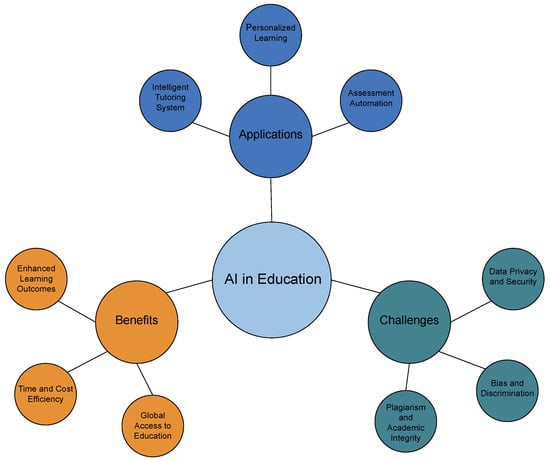
Educational institutions have been particularly enthusiastic adopters of AI presentation tools. I've worked with several universities and schools that report significant benefits:
- Professors can create more engaging visual materials in less time
- Standardized quality across departments regardless of individual design skills
- Students show improved information retention with visually enhanced materials
- Accessibility features are automatically incorporated for diverse learning needs
University Professor
"I used to spend weekends creating lecture slides. With PageOn.ai, I describe what I want to teach, and it generates a complete slide deck with diagrams, examples, and even discussion questions. My student engagement scores have increased by 27% since making the switch."
— Dr. Maria L., Computer Science Department
Before and After: Visual Transformation
One of the most compelling ways to understand the impact of AI presentation tools is to see the visual transformation they enable. Here are examples from actual users:
Before: Manual Creation
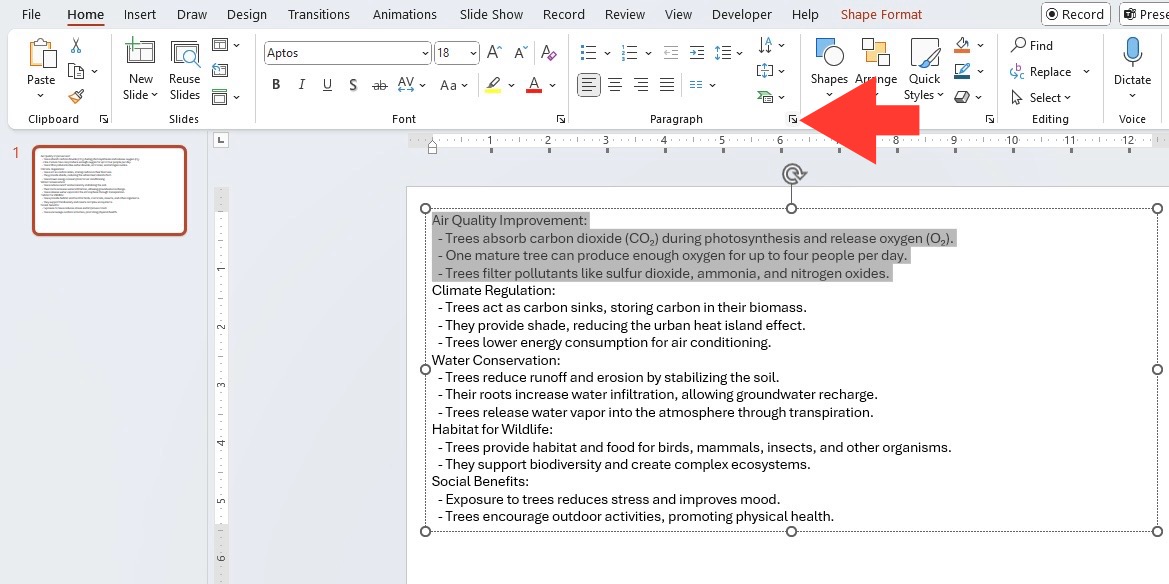
After: PageOn.ai Enhanced

The transformation goes beyond aesthetics. Users report that their audiences better understand and retain the information presented, leading to more productive meetings and better outcomes.
PageOn.ai Success Metrics
Users who have switched to PageOn.ai specifically report these impressive metrics:
Average time saved on presentation creation
Users report improved presentation quality
Increase in audience engagement scores
Average user satisfaction rating
These metrics underscore the transformative impact that advanced AI presentation tools like PageOn.ai are having on professional communication across industries.
Transform Your Presentations with PageOn.ai
Stop spending hours designing slides and start focusing on what matters—your message. PageOn.ai's conversational AI turns your ideas into stunning visual presentations in minutes.
Start Creating Stunning Presentations TodayConclusion: The Future of Presentation Creation is Here
Throughout this guide, I've shared my insights on how AI is revolutionizing the way we create presentations. The transformation is remarkable—what once required hours of design work and formatting can now be accomplished in minutes with tools like PageOn.ai.
As we look to the future, I'm convinced that AI presentation tools will continue to evolve, becoming even more intuitive and powerful. The conversation-to-visual-content transformation pioneered by PageOn.ai represents the next frontier in presentation creation—a world where your ideas can be instantly transformed into compelling visual stories without the traditional barriers of design skills or technical knowledge.
Whether you're a business professional preparing for a critical client meeting, an educator creating engaging learning materials, or anyone who needs to communicate ideas visually, AI presentation tools offer unprecedented efficiency and quality. The time saved can be redirected to what truly matters: refining your message, practicing your delivery, and connecting with your audience.
I encourage you to explore these tools and experience the transformation for yourself. The future of presentation creation isn't just about saving time—it's about empowering everyone to communicate their ideas with clarity, impact, and visual excellence.
You Might Also Like
AI-Powered Coding Assistants: Integrating Language Models into Development Workflows
Discover how AI coding assistants transform development workflows by integrating language models to create visual clarity in complex programming environments.
Creating Interactive and Animated Infographics for Enhanced User Engagement
Discover how to transform data into captivating interactive stories through animated infographics. Learn best practices, technical approaches, and tools for creating engaging visual experiences.
Optimizing AI Model Costs: Balancing Performance with Resource Requirements
Discover practical strategies for AI model cost optimization while maintaining high performance. Visual frameworks for balancing computational efficiency with powerful AI capabilities.
Beyond The Pitch: Visualizing Startup Traction Metrics That Win VC Funding
Discover the essential startup traction metrics that venture capitalists truly value. Learn how to visualize growth, efficiency, and revenue metrics to secure funding for your startup.